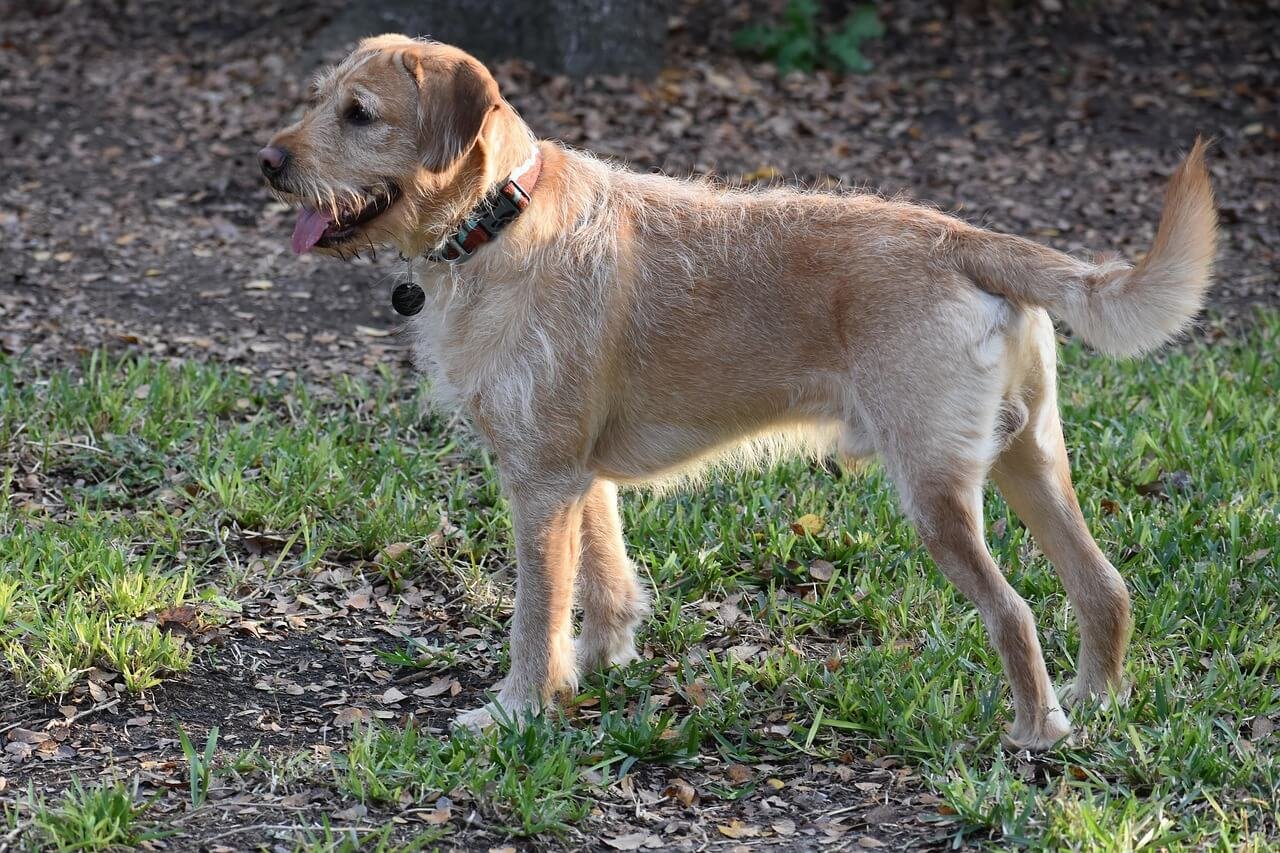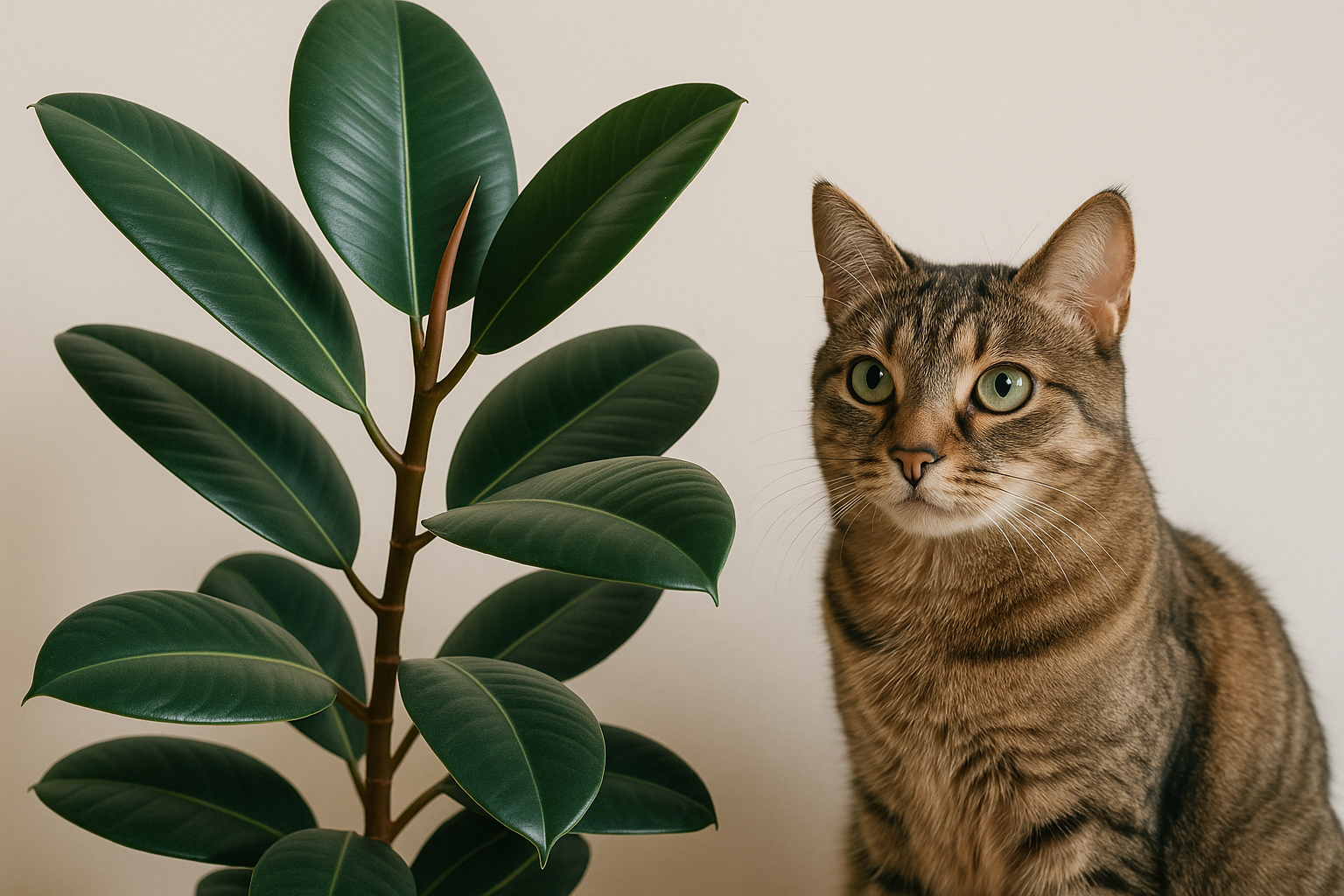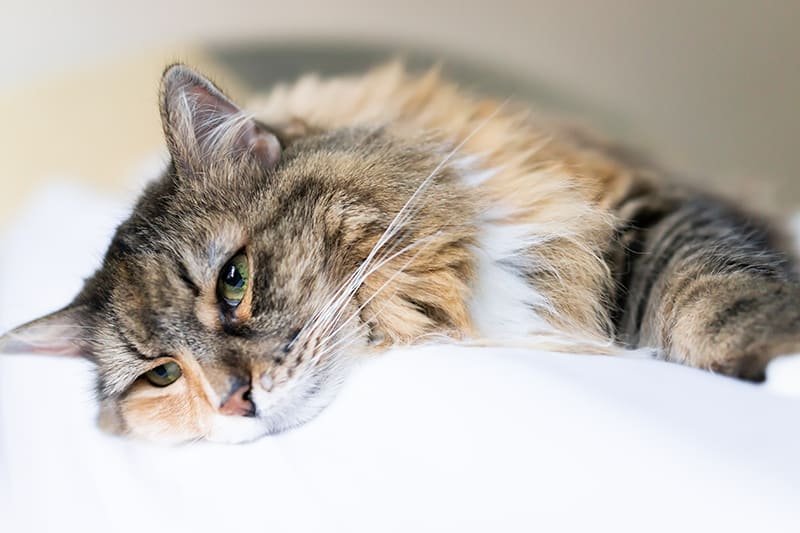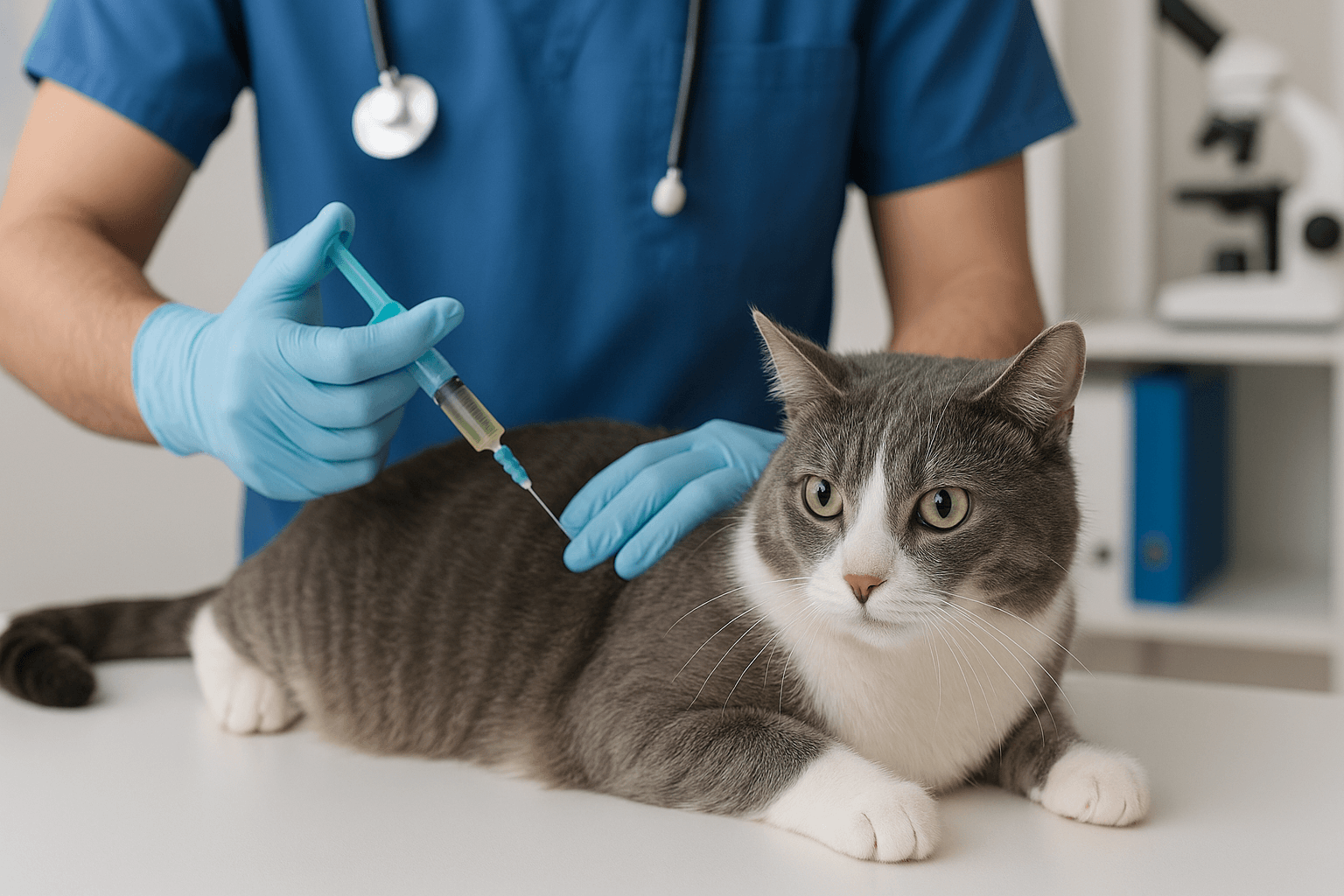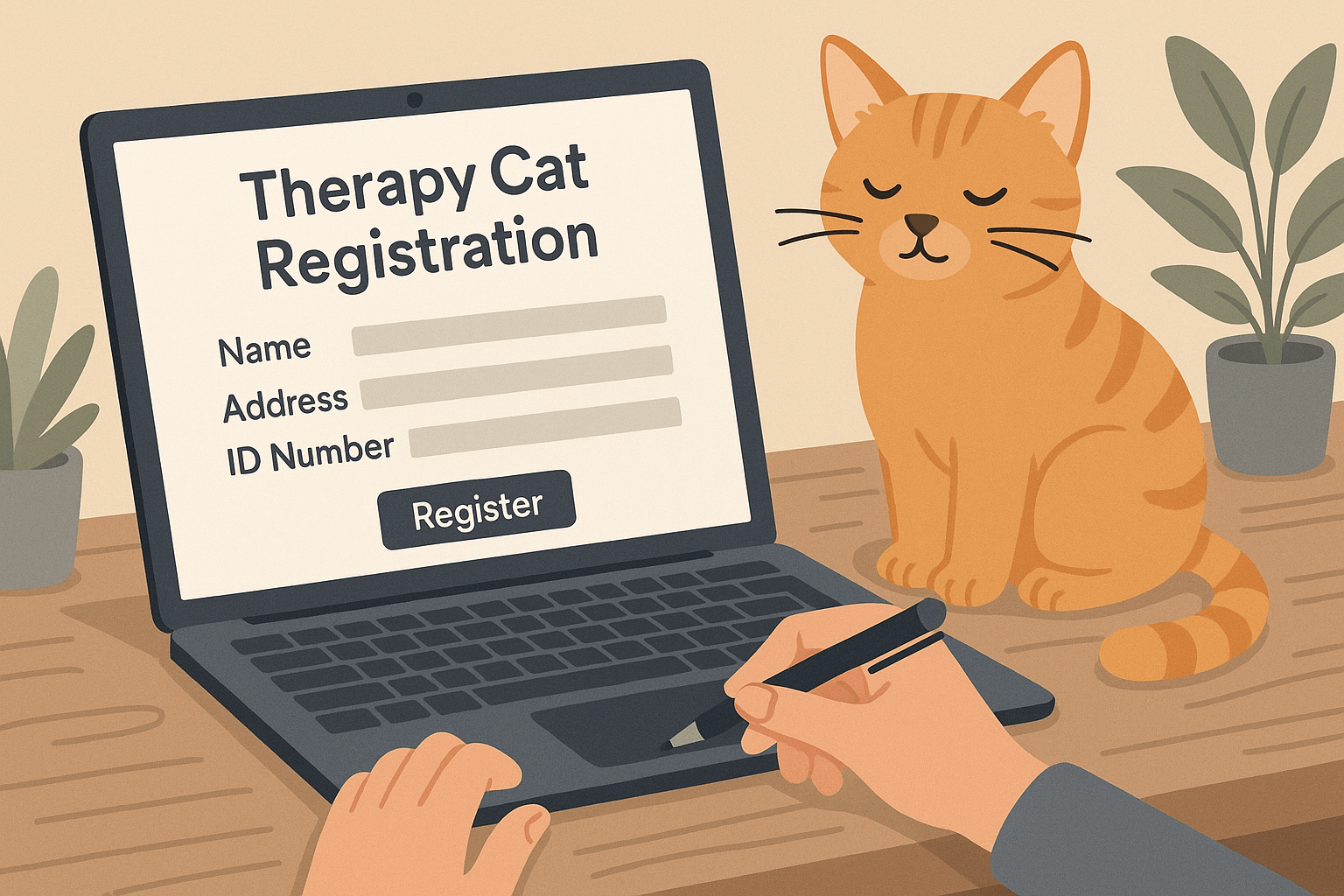What to Do If Your Dog Ate Cat Litter: Stay Calm and Act Smart
Dogs are notorious for their curious nature, often exploring the world with their noses—and sometimes their mouths. While this curiosity is endearing, it can also lead to some unexpected and concerning situations, like when your dog decides to snack on cat litter. Whether it’s due to boredom, curiosity, or a dietary craving, this behavior can raise alarms for pet owners. Is it dangerous? What should you do next? In this blog post, we’ll guide you through understanding why dogs eat cat litter, how to address it, and what steps to take to ensure your furry friend stays safe. Let’s dive in and turn this potentially worrisome moment into an opportunity for learning and prevention.
Why Do Dogs Eat Cat Litter? Unraveling the Mystery
While it might seem strange that your dog would eat cat litter, there are several reasons behind this behavior. Understanding these motivations can help you prevent it from happening again in the future. Here are some common explanations:
Curiosity: Dogs are naturally inquisitive creatures, and they often explore new objects by tasting them.
Boredom: A lack of mental stimulation or physical activity can lead dogs to seek entertainment in unusual ways, like eating non-food items.
Nutritional Deficiency: Some dogs may consume cat litter if they’re lacking essential nutrients in their diet, such as minerals or fiber.
Attraction to Cat Waste: Cat litter often contains traces of feces, which can be appealing to dogs due to the scent or taste.
Pica Behavior: Pica is a condition where animals eat non-food items compulsively, and it could be a factor in this situation.
If your dog has eaten cat litter, it’s important to reflect on their environment and habits to identify potential triggers. Addressing the root cause can help prevent this behavior from recurring.
Is Cat Litter Harmful to Dogs? Key Considerations
Not all cat litters are created equal, and their ingredients can vary significantly. While some types may pose minimal risk, others can be harmful if ingested. Here’s what you need to know about the potential dangers of cat litter:
Clumping Litters: These often contain sodium bentonite, which can expand in the stomach and cause blockages or digestive issues.
Non-Clumping Litters: Typically made from natural materials like paper or corn, these are less likely to cause harm but can still upset the stomach.
Scented Litters: Added fragrances or chemicals may irritate your dog’s digestive system or lead to allergic reactions.
Toxic Ingredients: Some specialty litters include additives that could be toxic if consumed in large quantities.
Bacterial Risks: Cat litter can harbor bacteria from feces, which may pose health risks if ingested by your dog.
If your dog has consumed cat litter, monitor them closely for signs of discomfort or illness. Contact your veterinarian immediately if you notice any concerning symptoms.
Check this guide 👉What to Do If Your Dog Ate Chicken Bones: Best 7 Tips!
Check this guide 👉What to Do If Your Dog Ate Orange Peel: Best 7 Tips!
Check this guide 👉My Dog Ate Ibuprofen and Is Fine: Best 7 Health Tips!
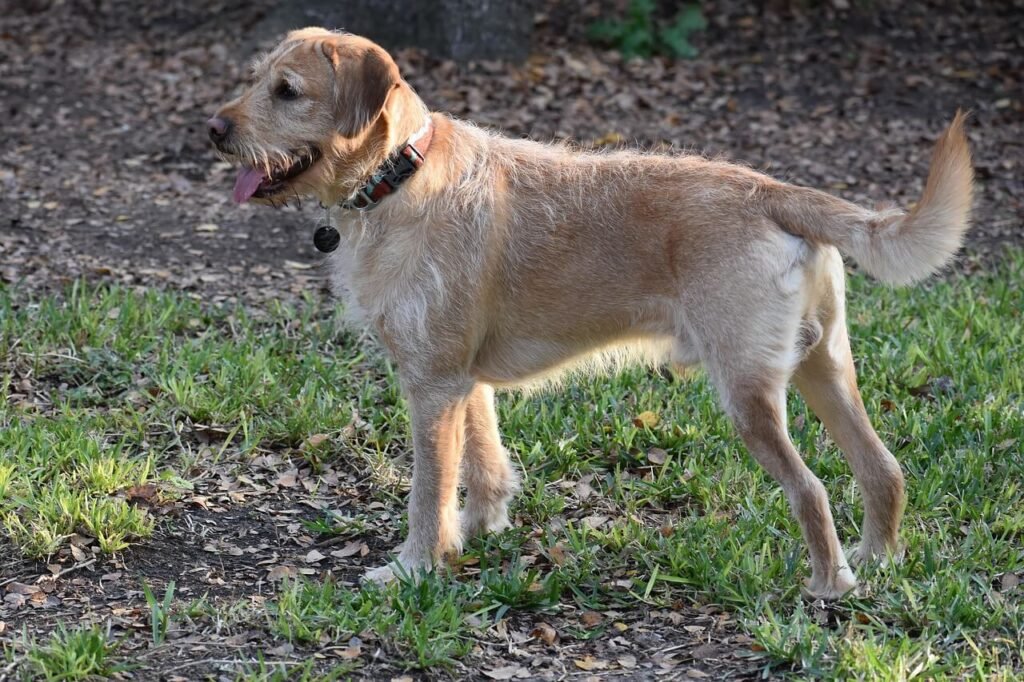
Signs Your Dog Consumed Cat Litter | What You Should Do Next |
|---|---|
Vomiting or diarrhea | Offer fresh water and contact your vet |
Lethargy or weakness | Monitor for worsening symptoms and seek help |
Abdominal swelling or pain | Visit the vet immediately for evaluation |
Loss of appetite | Check for obstructions and consult a vet |
Excessive drooling or gagging | Ensure your dog hasn’t ingested harmful toxins |
How to Prevent Your Dog from Eating Cat Litter
Prevention is key to avoiding this messy and potentially harmful situation in the future. By implementing a few simple strategies, you can keep your dog safe and your home litter-free. Here’s how to stop your dog from snacking on cat litter:
Supervise Access to the Litter Box: Place the litter box in a location your dog cannot easily reach, such as a closed-off room or behind a baby gate.
Use a Covered Litter Box: A covered box can make it harder for your dog to access the litter or cat waste inside.
Switch to a Safer Litter Type: Opt for natural, non-toxic litters made from materials like paper or corn to reduce risks if ingestion occurs.
Provide Plenty of Toys and Activities: Keep your dog mentally and physically stimulated to discourage boredom-related behaviors.
Address Dietary Needs: Ensure your dog’s diet is balanced and meets all their nutritional requirements to prevent cravings for non-food items.
By taking these proactive steps, you can minimize the chances of your dog indulging in this odd habit again.
Steps to Take If Your Dog Eats Cat Litter
If you discover that your dog has eaten cat litter, it’s important to act quickly and calmly. Follow these steps to assess the situation and ensure your dog’s safety:
Assess the Quantity: Determine how much litter your dog has consumed, as small amounts may not pose a significant risk.
Check for Symptoms: Look for signs of distress, such as vomiting, diarrhea, or abdominal discomfort.
Offer Water: Encourage your dog to drink water to help flush out any ingested material.
Call Your Veterinarian: Even if your dog seems fine, it’s a good idea to consult your vet for advice tailored to your dog’s health.
Monitor Closely: Keep an eye on your dog for the next 24-48 hours to ensure no delayed symptoms appear.
Prompt action and careful observation can help you manage the situation effectively and protect your dog’s well-being.
Decoding Why Dogs Explore with Their Mouths
Dogs often use their mouths to explore the world around them, which can sometimes lead to unexpected behaviors like eating cat litter. This behavior is rooted in their natural instincts and environmental factors. Here’s a deeper look into why dogs exhibit this tendency:
Puppy Exploration: Puppies are especially prone to mouthing objects as they learn about their surroundings.
Scent Attraction: The smell of cat waste in the litter can be highly appealing to dogs, triggering their scavenging instincts.
Stress or Anxiety: Some dogs may eat non-food items as a way to cope with stress or anxiety.
Habitual Behavior: If not corrected early, eating cat litter can become a recurring habit for some dogs.
Attention-Seeking: Dogs might engage in unusual behaviors to get a reaction from their owners.
Understanding these motivations can help you address the root cause of the behavior and redirect your dog’s focus toward healthier activities.
How to Cat-Proof Your Home While Keeping Your Dog Safe
If you share your home with both cats and dogs, it’s essential to create an environment that minimizes risks for both pets. By making a few adjustments, you can prevent your dog from accessing the litter box and reduce the likelihood of unwanted behaviors. Consider these tips:
Elevate the Litter Box: Place the litter box on a raised surface that your cat can easily access but your dog cannot.
Use Pet Barriers: Install baby gates or pet barriers to restrict your dog’s access to areas where the litter box is kept.
Choose a Hidden Spot: Position the litter box in a secluded area, such as a closet or under a desk, where your dog is less likely to find it.
Supervise Playtime: Keep an eye on your dog during play to ensure they don’t wander toward the litter box.
Train with Commands: Teach your dog commands like “leave it” to discourage them from approaching the litter box.
By implementing these strategies, you can maintain harmony in a multi-pet household while keeping your dog safe and out of trouble.
Steps to Promote a Healthy Gut After Eating Cat Litter
If your dog has eaten cat litter, it’s important to support their digestive system to prevent any potential issues. Even if they seem fine, taking proactive steps can help ensure their gut stays healthy. Here’s what you can do:
Provide Probiotics: Add probiotic supplements to your dog’s diet to support beneficial gut bacteria.
Offer Fiber-Rich Foods: Incorporate foods like pumpkin or sweet potatoes to aid digestion and regulate bowel movements.
Encourage Hydration: Ensure your dog drinks plenty of water to help flush out any ingested material.
Monitor Stool Consistency: Keep an eye on your dog’s stool for signs of irregularities, such as diarrhea or constipation.
Limit Non-Food Temptations: Remove access to other non-food items that your dog might be tempted to chew or ingest.
By focusing on your dog’s digestive health, you can help them recover quickly and reduce the risk of complications. Prevention and care go hand in hand when it comes to your dog’s well-being.
Frequently Asked Questions About Dogs Eating Cat Litter
Why does my dog eat cat litter?
Dogs may eat cat litter out of curiosity, boredom, or a nutritional deficiency.
Is it dangerous if my dog eats cat litter?
It depends on the type of litter and the amount consumed. Clumping litters and scented varieties can be more harmful.
What should I do if my dog eats cat litter?
Assess the situation, check for symptoms, offer water, and contact your veterinarian for guidance.
Can cat litter cause blockages in dogs?
Yes, certain types of clumping litter can expand in the stomach and cause blockages, especially if consumed in large quantities.
How can I stop my dog from eating cat litter?
Supervise access to the litter box, use a covered litter box, and provide plenty of toys and activities to redirect their attention.
Stay Vigilant and Keep Your Dog Safe
Discovering that your dog has eaten cat litter can be alarming, but with the right knowledge and precautions, you can handle the situation calmly and effectively. By understanding why this behavior occurs, recognizing potential risks, and taking preventive measures, you can ensure your dog’s safety and peace of mind for yourself. Remember, curiosity is part of what makes dogs so lovable—but it’s up to us to guide them toward healthier choices. With patience and care, you can turn this incident into a learning experience for both you and your furry companion.
Is the Rubber Tree Cat Safe? Best 7 Expert Tips! Discover expert advice on keeping rubber plants safely in cat-friendly homes and learn top tips for pet-safe plant care.
Low Red Blood Cell Count in Cats: Best 7 Expert Tips! Discover causes, symptoms, and treatment options for feline anemia. Learn how to support your cat’s health effectively with expert advice.
Understanding Megacolon Treatment: Best 7 Expert Tips! Discover effective strategies to manage feline megacolon, from dietary changes to surgical options, ensuring your cat’s comfort and long-term health.
How to Register a Therapy Cat: Best 7 Expert Tips! Discover essential steps to certify your cat as a therapy animal, prepare them for training, and make a meaningful impact in therapeutic settings.

